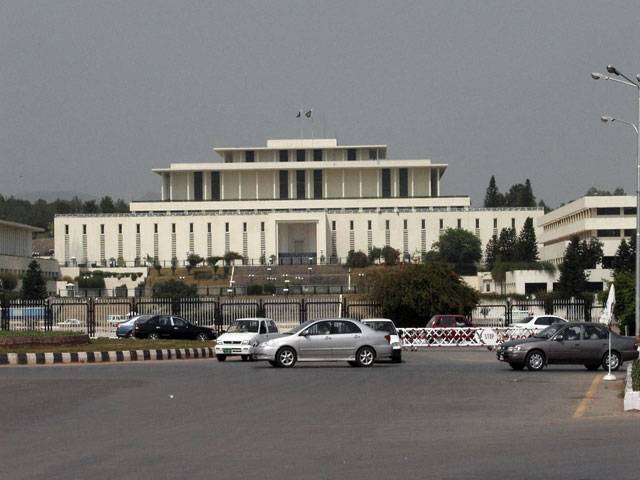Syed Hamza
The government of Nawaz Sharif has been jolted, for the second time, by resignation-demand; this time over the issue of off-shore companies, revealed by Panama documents, maneuvered and catalyzed by opposition parties.
Panama leaks have, undoubtedly, led to a challenging situation for Nawaz regime. And it appears that, regardless of the outcome, political activity will gain momentum in days ahead.
Amidst this political windstorm many positive things done by the government are bound to be ignored because people are more interested in such exciting news, which, mostly, are created by anti-government activities.
However, just for the sake of record, there are some good initiatives and efforts done by the government, which deserve to be acknowledged and must not go unappreciated. And one of them is related to infrastructural development.
Nawaz Sharif, after becoming the prime minister, was confronted by multiple and multi-dimensional problems which demanded immediate attention and adequate resources.
Despite limited resources, Nawaz Sharif managed to contribute to national progress by some major road-connectivity projects such as Karachi – Hyderabad Motorway (M-9), envisaged to be 136 km long, with 16 exits and is estimated to cost around Rs. 24 billion
The project was inaugurated on March 16 last year, and will be completed in two-and-a-half years. Eventually this road, M-9, will be linked to the Karachi-Lahore and Karachi-Gwadar motorways to constitute Pakistan’s longest tract in the motorway network.
Sialkot-Lahore Motorway Project was inaugurated, last year by the premier. This road begins from Saahowala-Sambrial and leads to Lahore. Added benefit of this road is that it stretches along the banks of two local main canals, namely Marala-Ravi-Link (MR Link) Canal through Motra-Daska and Bambaanwala-Ravi-Baidian (BRB) Canal Daska.
Signal-free corridor of Islamabad Highway was inaugurated in June last year. It will extend from Zero Point, Islamabad, to CT Road, Rawat besides addition of lanes to ease traffic congestion.
In the first phase, a four-kilometer portion from Zero Point to Faizabad would be completed at a cost of Rs 1.6 billion.
An overhead bridge would be constructed at Shakarparian Chowk to give signal-free access to travelers. Pindi Bhattian to Faisalabad Motorway project will add two more lanes to the already existing four lanes of the present, Pindi Bhattian to Faisalabad, motorway tract.
Second section of Motorway (M4), already inaugurated by the Prime Minister, will be attached to this, which will extend from Faisalabad to Multan. Hazara motorway (E-35) will stretch from Burhan to Shinkiari
Last year first section of E-35, Burhan to Havelian had been inaugurated and few days ago, on April 28, the second phase, from Havelian to Shinkiari was also inaugurated by the Prime Minister.
Karachi-Lahore Motorway is divided into four sections, including 136-km Karachi-Hyderabad Motorway, 296-km Hyderabad-Sukkur Motorway, 387-km Sukkur-Multan Motorway and 333-km Multan-Lahore Motorway.
Along with these some projects, some infrastructural projects are associated with the Pakistan-China Economic Corridor. They comprise modern highway and railway transportation system; linking Kashgar in west China to Khunjrab in the north and onwards to Karachi and Gwadar in the south of Pakistan through multiple routes.
Infrastructural projects carry a multiple-positivity factor because they: create jobs, facilitate transportation across the country, and increase land value of the nearby areas.
Infrastructural development brings progress and is essential for any future planning. Nawaz Sharif, unshaken by political attacks, continues to invest his time and efforts in progressive projects.
No one can predict the fate of this regime, but one thing is very clear that economic cost of any turmoil, leading to change in the government, is going to be very high, and the people of Pakistan. will be the only sufferers.






